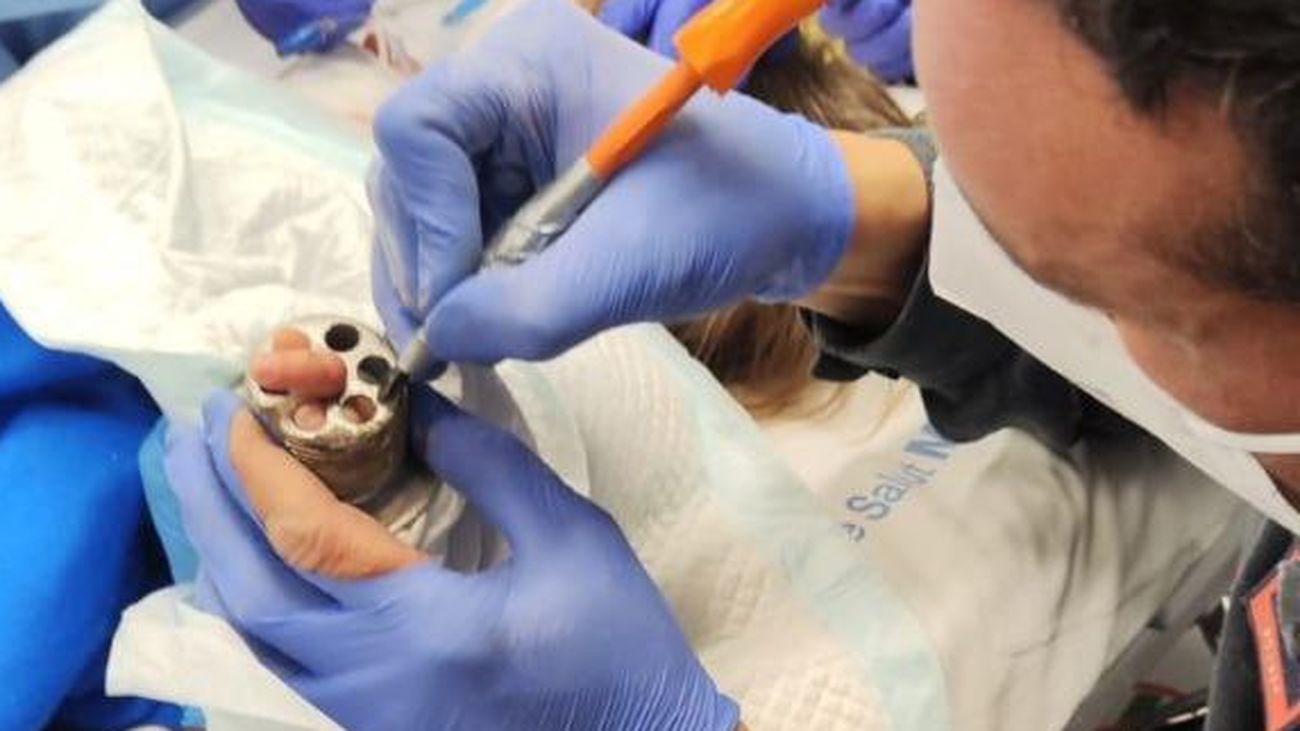Found the mechanism that controls the expansion of pancreatic cancer in mice

A team from the London Institute of Cancer Research (ICR) has shown that it is possible to reverse a key process that allows pancreatic cancer cells to grow and spread throughout the body. The results of the experimental study, that this Wednesday publishes Natureshow that a protein called GREM1 is key to regulating the type of cells found in pancreatic cancer, and that manipulating its levels can both fuel and reverse these cells' ability to switch to a more aggressive subtype.
Breast cancer metastasis worsens at night
Know more
The researchers believe this pivotal discovery could pave the way for new treatments for pancreatic cancer, they say in a news release. Scientists have investigated the relationship of this type of cancer with the gene that produces the GREM1 protein, and have deactivated that gene in mice and in pancreatic "mini-tumors", also known as organoids.
The deactivation of the gene that produces the GREM1 protein caused the tumor cells to rapidly change shape and develop new properties, making it easier for them to invade new tissues and spread throughout the body. In just 10 days, all the tumor cells changed their identity and became a more dangerous and invasive cell type. Knocking out the gene also made the mice's tumors more likely to spread.
We have shown that, in the laboratory, it is possible to reverse the fate of cells, that is, turn back the clock on aggressive tumors and change them to a state that makes them easier to treat
Axel Behrens — Head of the ICR Cancer Stem Cell Team and lead author of the study.
This experimental study in mice focuses on pancreatic ductal adenocarcinoma (PDAC); the most common and aggressive form of the disease. About 90% of the mice in which the gene that makes the GREM1 protein did not work developed tumors that had spread to the liver, compared with 15% of the mice in which the gene worked normally and made the GREM1 protein.
The scientists believe they have shown that increasing levels of GREM1 could cause more aggressive tumor cells to revert to less dangerous features; so they hope, in the future, to use this knowledge to find ways to reverse more advanced pancreatic cancer to a less aggressive form that is easier to treat.
In an appeal for caution, they stress that research is at an early stage and much work is still needed to discover and develop treatments that change the fate of PDAC cells and make the tumor more responsive to therapies.
Pancreatic cancer has the lowest survival rates of common cancers. Fewer than 7% of people survive five years or more. In Spain, more than 8,000 cases are diagnosed each year.
a second protein
The researchers have also discovered that a second protein, called BMP2, is also involved in the regulation of GREM1, and that these two proteins regulate the shape that the PDAC cells end up taking. This form corresponds to a theoretical model proposed for the first time by the mathematician Alan Turing in 1952. They are called 'Turing patterns', found in nature – from the skin patterns of giant puffer fish to seashells. Surprisingly the same kind of patterns are seen in the different types of cells found in pancreatic cancer.
A “pivotal” discovery
“This is an important and fundamental discovery that opens a new avenue to discover treatments for pancreatic cancer. We have shown that, in the laboratory, it is possible to reverse the fate of cells, that is, to turn back the clock on aggressive tumors and change them to a state that makes them easier to treat, "says Professor Axel Behrens, head of the ICR Cancer Stem Cell Team, and lead author of the study.
For his part, Professor Kristian Helin, executive director of the ICR, adds: "Pancreatic cancer is one of the most devastating: in the most common form of the disease it spreads aggressively, which makes it difficult to treat and a frightening diagnosis for patients and their loved ones. This new finding has furthered our understanding of the molecular basis of how pancreatic cancer acquires the ability to grow and spread throughout the body. Although more work is needed, this type of fundamental research is essential to develop concepts for new and more effective treatments."










